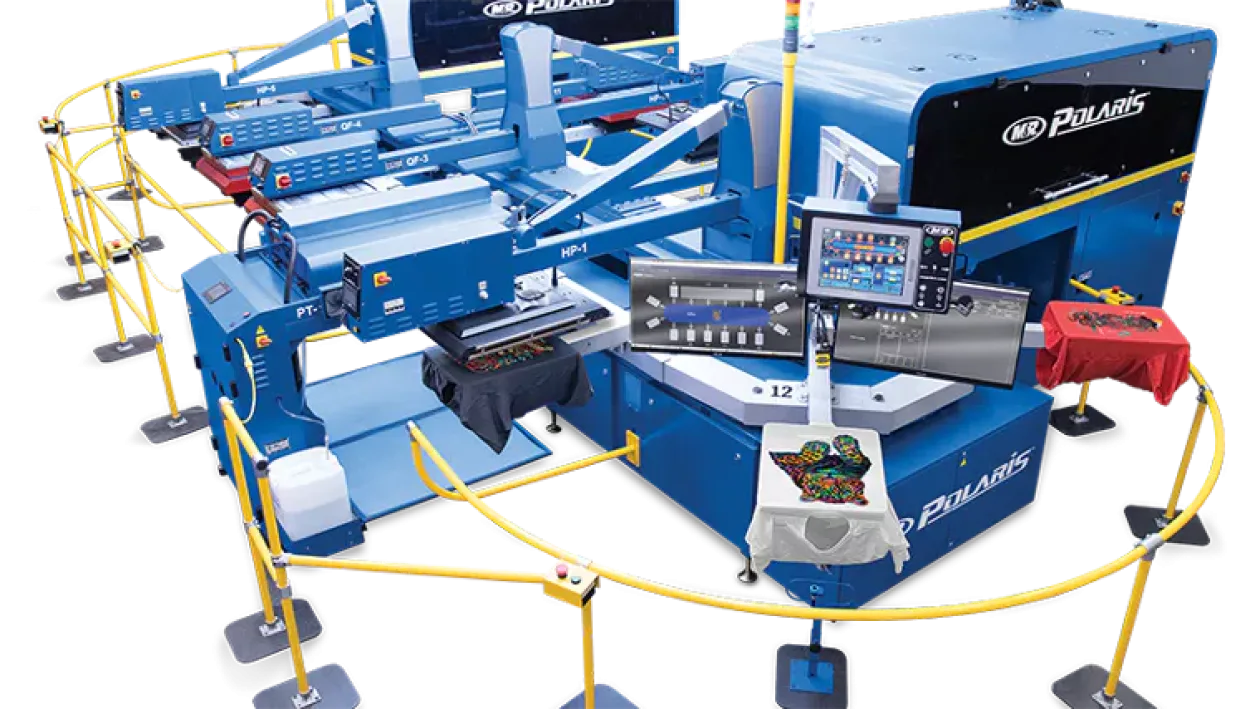Garment Printing
DTG printing: choose your own adventure
Author
FESPA Staff
Published Date
19/12/2023
Become a FESPA Member
to Continue Reading
